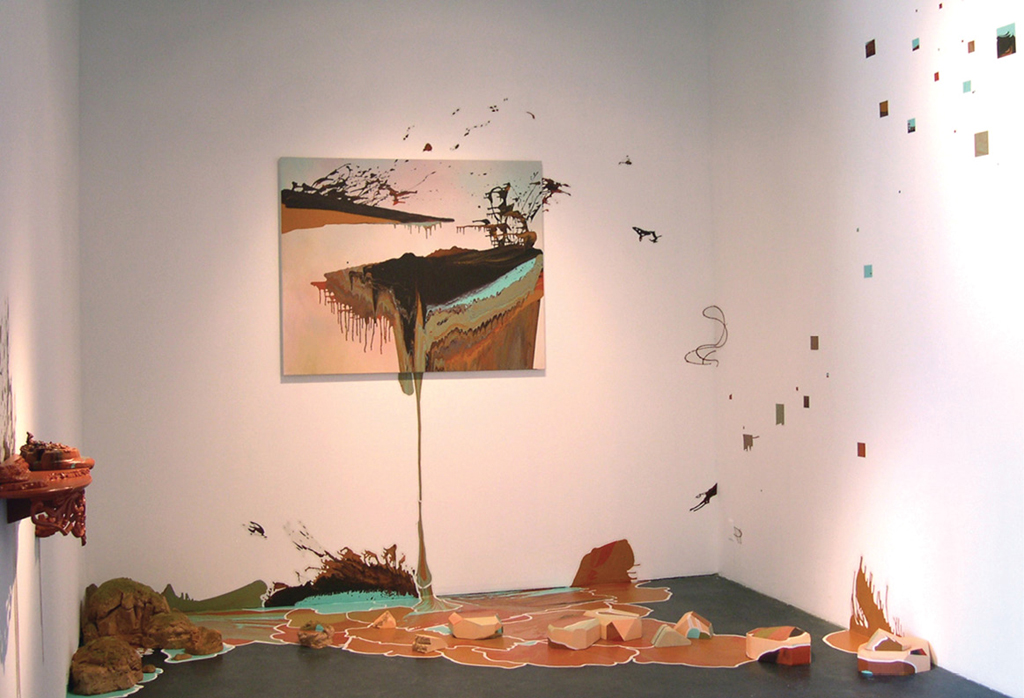
For our purposes as painters, let’s simplify the concept of paint into two components: pigment and binder. Pigment adds color while binder makes it paintable. Binder, also referred to as vehicle or medium, transforms the pigment particles into a wet form creating a substance we can use as paint. All paints have these same two main components. Oil paint is colored pigment held together with oil as the binder. Casein is colored pigment held together with milk as the binder. Egg tempera uses egg as binder. Watercolor’s binder is not water but gum arabic. Acrylic paint is colored pigment held together with acrylic binder (also referred to as polymer or plastic).
Whatever term you choose, acrylic binders create wonderful paint. Acrylic is now considered the most archival of all paints. It won’t yellow or crack like oil and is not delicate and resoluble like watercolor. Labs that test the longevity of acrylic for stability and permanence use accelerated time testing to simulate what the paint film would be exposed to (such as light, dust and air) for 500 years or more. Even though acrylic has only been available as a paint for a little over seven decades, these tests verify its archival potential. Other factors like storage conditions, quality of substrates used, painting methods, and whether the artist incorporated archival materials and methods such as varnishing with UV protection also play a role in a painting’s archival capacity.

Paint stickers is a term and process invented by the artist whereby acrylic is painted onto self-stick vinyl creating homemade “stickers.”
VELOCITY (INSTALLATION)
Jane Callister
Acrylic on canvas (painting on wall), acrylic on foam sculptures (floor) and acrylic paint stickers (walls), 72" × 25" × 12" (183cm × 762cm × 366cm). Courtesy of the artist.

VELOCITY, (DETAIL)
Jane Callister
Acrylic on canvas, 48" × 60" (122cm × 152cm) Courtesy of the artist.